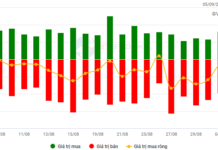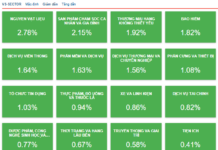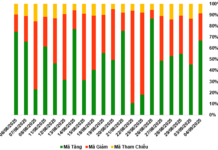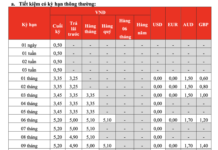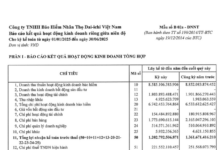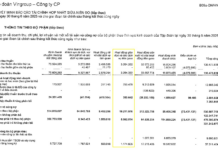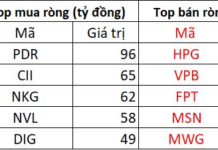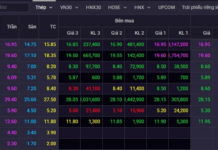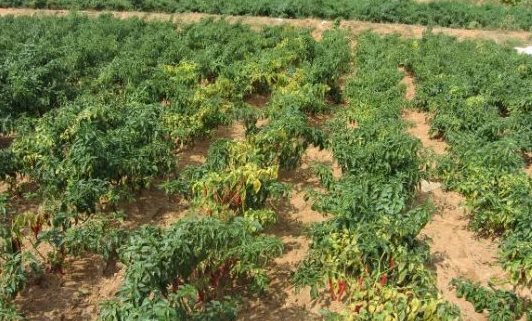
Illustration
According to preliminary statistics from the Vietnam Pepper Association (VPA), Vietnam’s chili exports in July reached 697 tons, valued at 1.6 million USD, a decrease of 14.5% compared to the previous month. Cumulatively, in the first seven months of the year, exports of this commodity reached 8,023 tons, valued at 19.5 tons, up 3.5% in volume and 32% in value.
The top export markets include: China reached 6,834 tons, accounting for 85.2% and down 1.9% over the same period last year. Laos ranked second with 810 tons, up 44.6%, and the US ranked third with 134 tons, up sharply by 157% compared to 7/2023.
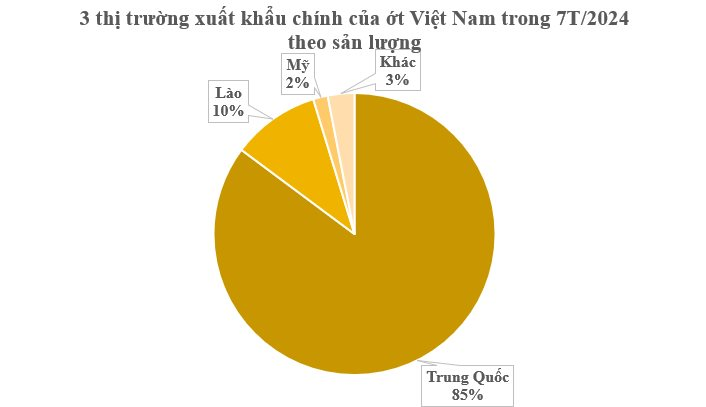
One of the reasons why China is increasing its imports of Vietnamese chili is its high spiciness and diversity in varieties. Some notable exported chili varieties include: bird’s eye chili, bird chili, yellow horn chili, sweet chili, and Thai chili.
In addition, the difference in harvesting seasons also contributes to the high export volume. In China, the main harvest season falls between June and October each year. In Vietnam, chili is often grown in two crops, allowing for multiple harvest times from April to early July and from January to February.
Chili is a highly profitable crop as it can be intercropped with fruit trees and requires minimal care, making it suitable for the farming conditions of Vietnamese farmers nationwide.
Typically, chili seeds are sown from September to November each year. Chili plants start bearing fruit two months after planting, with three to four harvests possible within a three-month period. The highest quality fruits can yield up to 4 kg per plant.
Asia-Pacific dominates the global chili market, with India being the world’s largest producer and exporter of dried chili, accounting for over 6.11% in 2021. Vietnam, China, and Indonesia are also significant players in this market. India is also the world’s largest producer and consumer of chili, accounting for approximately 36% of global production and exporting about 30% of its total output.
Globally, chili is cultivated on an area of about 19.89 million hectares. The major chili-growing countries include India, Myanmar, Bangladesh, Pakistan, Thailand, Vietnam, Romania, China, Nigeria, and Mexico.
In Vietnam, the province of Dong Thap, especially Thanh Binh district, is considered the “largest chili hub in the Mekong Delta.” The cù lao (river island) communes and the communes along the Tien River are areas with a significant concentration of chili cultivation. Fresh chili production exceeds 22,500 tons/year. According to statistics, the chili-cultivated area in Dong Thap province currently stands at nearly 2,000 ha/year, with an average yield of over 10 tons/ha.
Meanwhile, another “chili capital” of Vietnam is Lang Son, where the chili-cultivated area in this season reached over 1,479 hectares, an increase of 91 hectares compared to the 2022 crop year.
Chili is mainly grown in the districts of Chi Lang, Loc Binh, Huu Lung, and Van Quan. Traditional chili varieties have been replaced by high-yielding ones, with an average yield of about 300 to 500 kg per sao (a unit of area equivalent to 360 m²).
Chili is used in almost every dish and is considered an indispensable spice in food preparation thanks to its color and flavor. Chili is also rich in vitamins such as vitamin C, B1, B2, citric acid, malic acid, and beta-carotene, all of which are essential for health.
Scientists from the University of Pittsburgh (USA) have proven that chili can slow the development of cancer cells, especially pancreatic cancer. This is due to the effect of capsaicin, which acts as a catalyst, causing cancer cells to self-destruct without harming healthy cells.
Spicy chili contains unique substances that can accelerate metabolism to achieve fat-burning effects in the body, aiding in weight loss. This substance also promotes the secretion of hormones, contributing to skin health and beauty.

